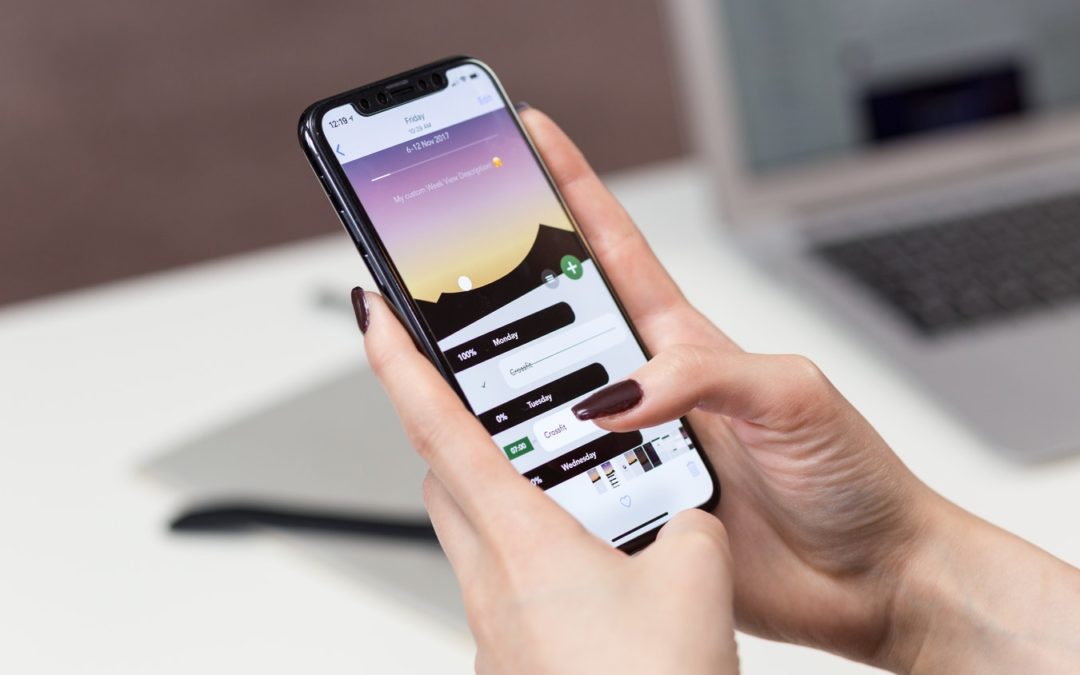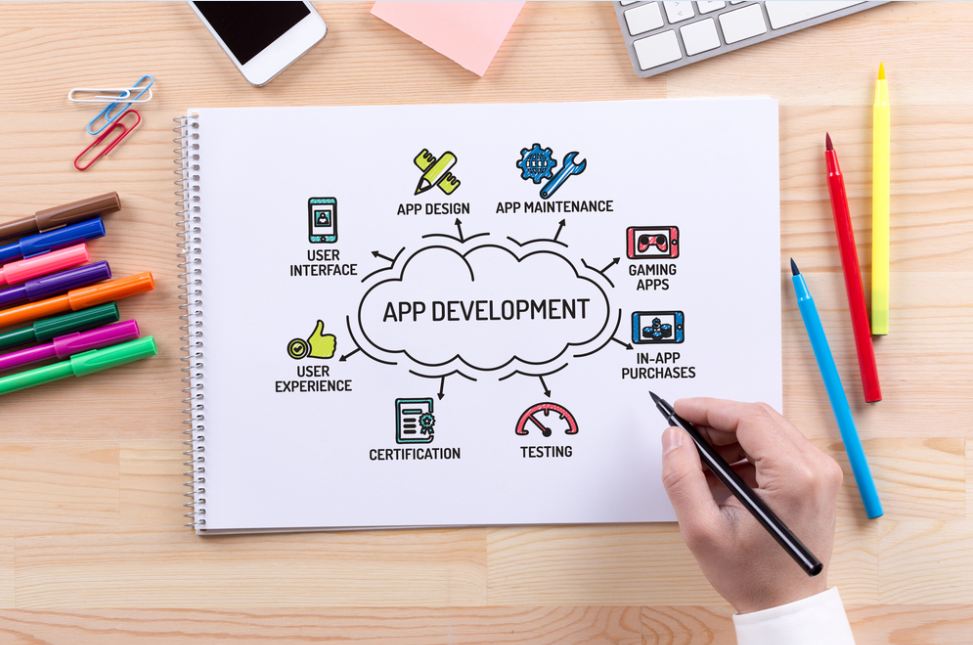While new mobile apps are rapidly flooding the market, the consumers are literally facing app fatigue as their mobile devices are stuffed with all those apps. There is truly an app for everything and everyone. So, needless to say, the competition in the mobile app development market is going to become fierce.
In 2017, the mobile app industry will swell up to $77 Billion.
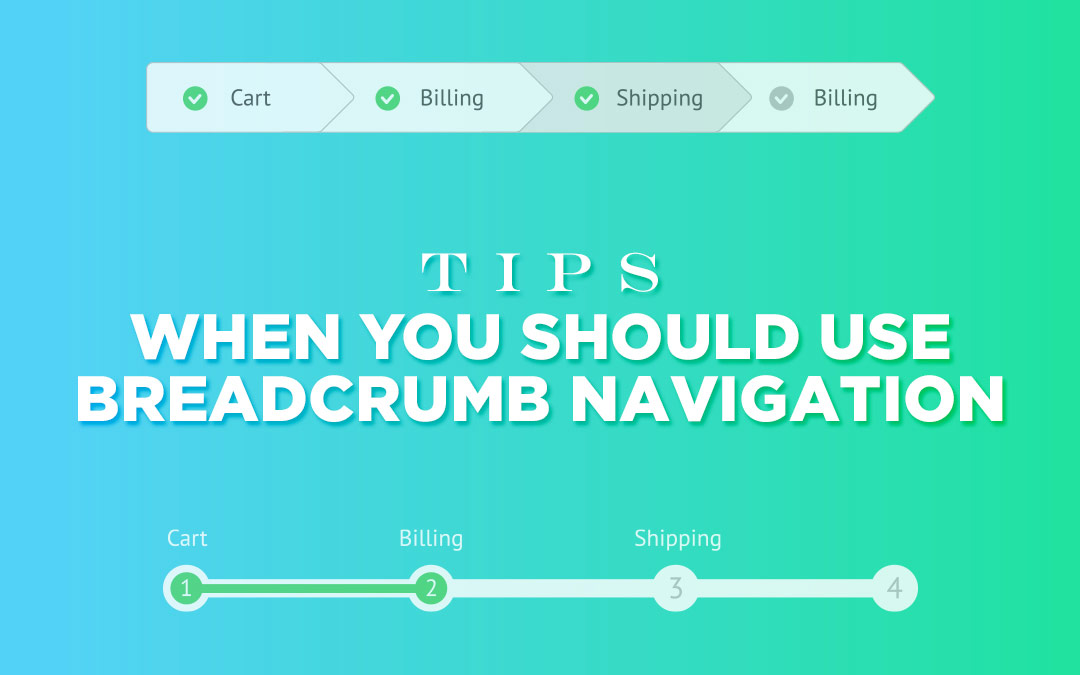
Businesses with dynamic mobile strategies get the advantage of-
- Enhanced sales via mobile
- Better user engagement
- Rise in customer loyalty
Here are some mobile application development trends that may dominate in the year 2017
1. Apps integration
Various apps are integrating with each other. For example, a user will soon be able to book a trip from a Facebook conversation (messaging app) in which an Uber bot (navigation app) will itself be the app. This UX trick is going to decrease the number of icons on mobile screens and free users from the necessity to install other apps.
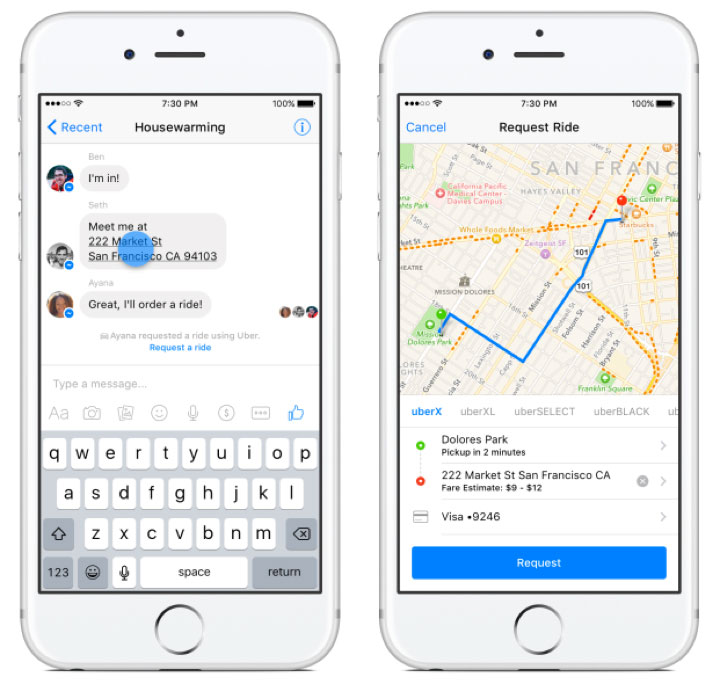
Google Translate has also set in Machine Learning to enable more accurate translations. It engages users with machine-learning algorithms that suggest ways and direct actions, which can make your battery long-lasting.
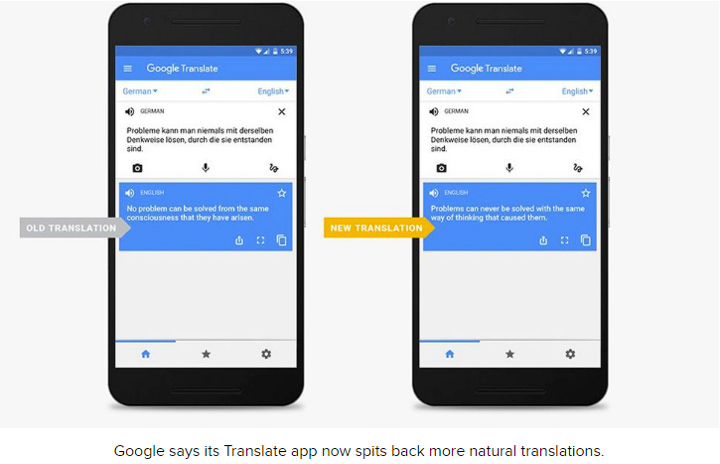
2. Wearable Apps
Apple Watch apps are trending and have become quite independent from the iPhone. Such apps are an absolute delight for the users as they make lives simpler.
3. Interactive push notifications
Push notifications provide many ways to interact with users and they are turning into a feature that allows users to take any action, e.g. now it is even possible to respond to a message without even opening the app. Thus, you save a lot of time as well as battery life.
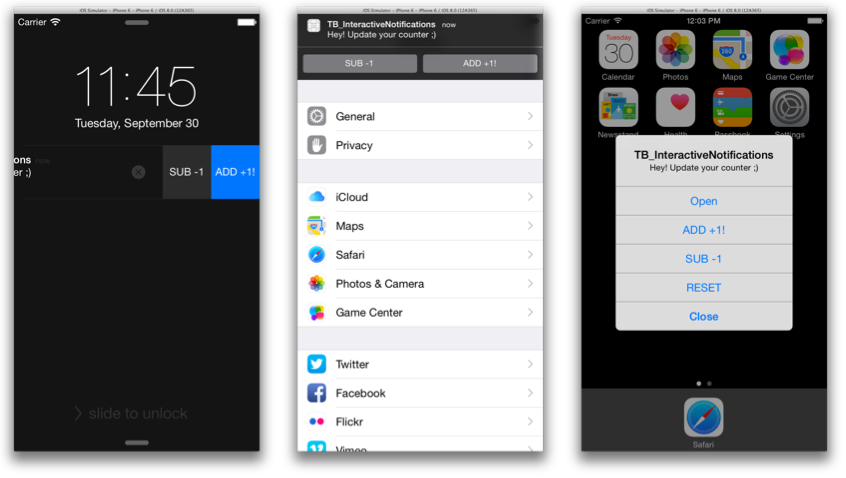
4. Virtual reality
VR apps are digging in all areas of life and business. They are no longer used just for the purpose of games and entertainment, even though this area is booming as well. AR and VR technologies are now actively applied for making live streaming and travel apps as well as for creating VR marketplaces and various sales tools. They also contribute successfully in healthcare for treating psychological disorders and phobias.
VR app Example:
YouTube
Android (Free)
5. Mobile app security features
When it comes to apps, one thing that the users dread the most is a cyber attack. And that ought to be; they haven’t set any password for their mobile devices. App developers have recognized the need for inbuilt security in the apps spread across various business verticals.
Are you open to sharing the usage information of your device? If yes, to what extent?
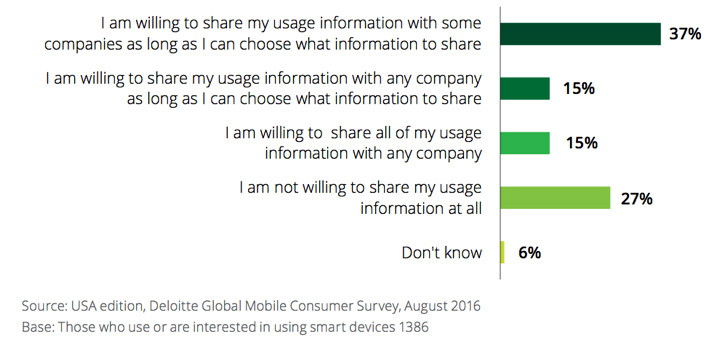
When consumers go ahead with making purchases on their smartphones, they exert extra caution to the privacy and security issues. Many security features have been now been incorporated into the devices that the consumers can utilize to their maximum benefits like password protection or fingerprint readers. At the time of unlocking their phones or checking out for mobile payments or during any other transactions, 63% of respondents resort to personal identification numbers (PINs) or passwords to that of fingerprint readers (31%). About a quarter (24%) doesn’t consider using any method to keep their phones safe and attack free.
Is there a fingerprint reader on your mobile phone?
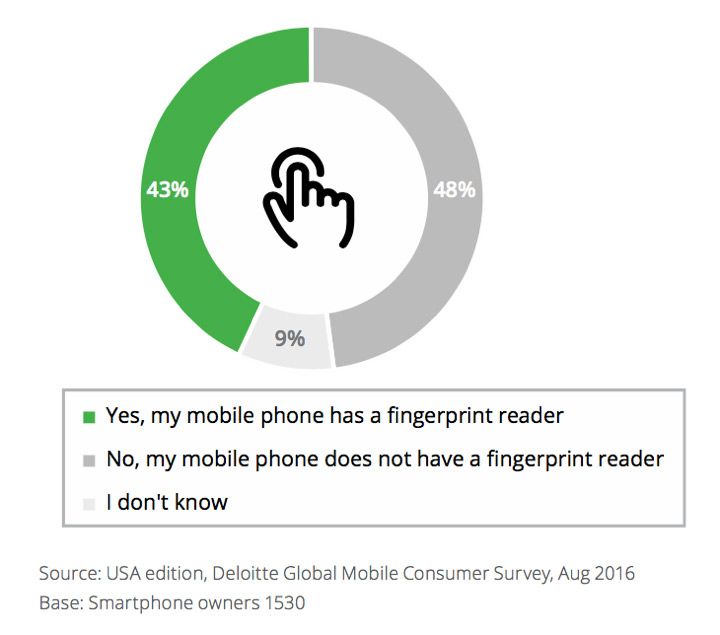
Which, if any, methods do you prefer while unlocking your phone, authorizing mobile payments or for other purposes?

6. Mobile Payments
Mobile commerce apps will continue to be a rage in 2017 regardless of security issues. With all the hovering doubts, the major reasons for abstaining from payment remain the same; however, the threat of security has led to a 14% drop in the figures. More than one-third (38%) don’t consider technology to be of much use; the numbers being little more than that of last year. Apple and Google have made security as their prime goal for 2017 and are working relentlessly to achieve it.
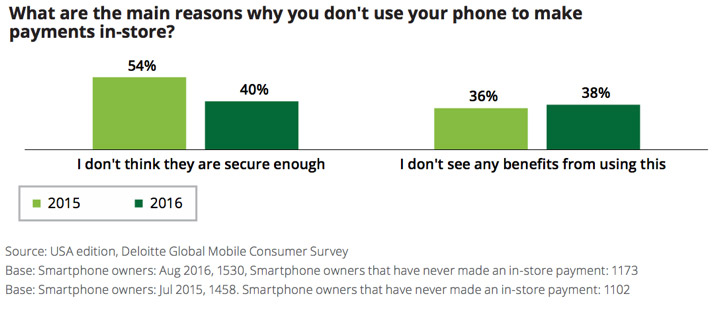
The m-commerce figures are predicted to be somewhat near $157 billion in 2017 and will exceed over $300 billion by the year 2020 [Source: emarketer]
It is seen that while going for mPayments, a lot of consumers evaluate the grounds of value prevailing last year. The mPayments activity that the users consider to be of maximum use is transferring money, with 40% regarding this functionality to be of utter benefit.
In which, if at all, scenarios do you find making payments by your mobile users?
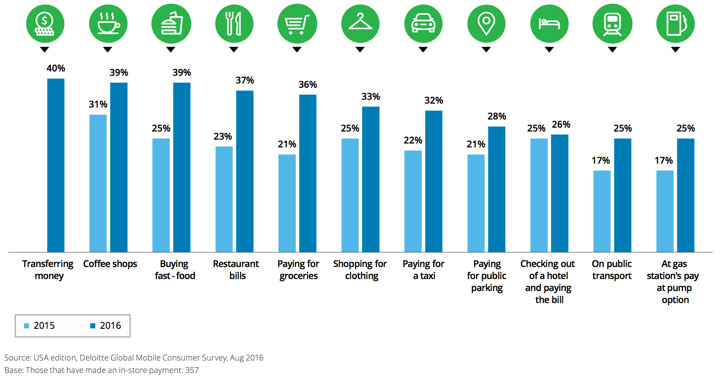
[Source: Deloitte ]
7. Big Data & Analytics

“You can’t spare successful mobile apps development from either data or analytics.”
The amount of data available on various devices is growing day by day and the cloud makes it even more seamless. Making big data for humans in 2017 is the top priority! The efforts should be focused on seeking more sensitive and subjective bits of data and projecting it in a more visualized and accessible way to the end users.
Know More about How Big Data & Analytics can enhance customer retention?
Big data & analytics are the main secret to the app market reaching $100 billion in 2020.
8. Artificial Intelligence Is Real Now
Gartner found that there will be a more than 300% increase in investment in artificial intelligence in 2017 as compared to 2016 with the use of advanced analytics, cognitive interfaces in complex systems and machine learning techs. AI will provide business users access to powerful insights as such never gained before.
Due to these advantages, giants like Google, IBM, eBay, and Facebook have started acquiring startups for those who are adept in artificial intelligence.
We have already seen some cool AI apps such as Prisma, Siri, and Google Now and are expecting much more in 2017.
Know More about Artificial
Intelligence
Know more about Branches
of AI
9. Gamification for Customer Retention
Gamification is not converting your app into a game; it is merely turning the user experience of your app to be fun and engaging. The success formula of Gamification is simple – 70% psychology, 20% strategy and 10% tools usage via Leaderboard, Timer, Gifts, Real or Virtual Rewards, Achievement, Cash Back in Wallet, etc.
10. Hybrid app development
It is a rapidly emerging phenomenon in the mobile app development arena. Using a hybrid technology to develop apps can save a lot of time and money and can even make deployment of the app on multiple platforms feasible. Also, the future trend will see small businesses building their own apps, thus, saving a lot on their budget. There are diverse tools and aids available which are of great help even to the non-technical users to get their mobile apps rolling such as AppMakr, Xamarin, PhoneGap, Ionic, etc…
Know more about – What is Hybrid Apps?
11. Location-based Technologies
Apps like Uber are taking maximum advantage of location-based GPS services. There are several opportunities still left to be explored in this area. iBeacon technology is a valuable addition to make the shopping experience more fulfilling for a user. A beacon-sensing app on the user’s device would receive signals sent by beacons in a store, which would facilitate the feature of sending customers highly contextual, hyper-local, meaningful messages and advertisements on their mobiles based on their exact position in the store. Beacon technology works on BLE (Bluetooth Low Energy), which extends a digital link to the physical world.
12. Cloud-based Apps
Cloud-based apps have been in for quite some time now, but what’s new is – the sync of multiple devices connected to mobiles anywhere anytime. The goal is to integrate mobile apps with these multiple devices. Therefore, the cloud approach in the near future will have to be equipped with technologies like IoT, AI, and wearable’s for multiple features and devices. It has immense potential and offers great opportunities in the fields of healthcare, education, security, automobiles, home technologies, etc.
13. Material Design
Okay, now this will be one of the most notable mobile app design trends which will rock the design world in 2017.
We know about Google Material Design by now, don’t we? Well, there is a change now. Don’t expect it to be just simple and flat. It’s beautiful and sleek at the same time. One thing is for sure; the material design is here to stay strong and will only increase its influence manifold in the coming years. (Even if it was slow in its adoption into Android, it has still done wonders)
Know more about – What is Material Design?
14. Android first
79% of mobile developers opt for building in the Android platform rather than iOS. With significant changes in developer guidelines, publishing restrictions improved OS and unwavering stress on security, Android has already become much sought after preference for many vendors too.
With the upsurge in smartphone sales, growing markets like Latin American countries and South Africa continue to enhance Android’s market share. Come 2020, and we bet you will see Google Play overtaking App Store in terms of downloads & revenues.
So, now if you have to build an app, let Android get you going.
15. Lazy loading
This is definitely an interesting mobile app development trends in 2017 to watch out for.
Lazy loading runs on a simple logic — let it load before it runs and let it load when its turn of the screen prompts (specifically talking about images). Lazy loading has indeed saved bandwidth for visitors and businesses, equally, both in literal and figurative terms. This trend will mark its presence for long and possibly witness a little more modification in functionality, here and there.
The medium has enabled the working of this feature. When you click to open a post for the first time, images in the post are left with incomplete loading unless you scroll down past the image. However, if the next time you select the bookmarked post, the images are quick to open and loading time is less.
16. Movements — Animations + Videos
Anything that moves catches eyes. It captures our attention. While video and animation have been identified as the major causes for heavy site loading and unnecessary distraction, they still have that unmatched effect to highlight something that demands attention. Be it products, freebies, a coupon that is different, a category that is refreshing; anything; just make it stand out. Don’t push it too much else you might get on people’s nerves. Let it be simple, fluid, yet stark clear and noticeable.
This weather app has done it wonderfully.
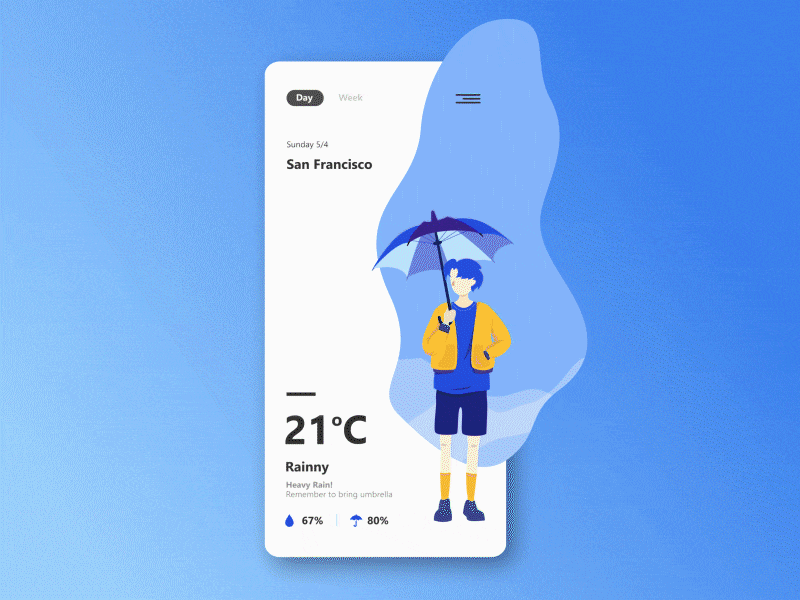
Know More – How Can Animation Actually Improve User Experience?
17. User Experience
In the end, providing a premium and smooth user experience is the key for all apps to succeed. The uninstalled frequency of 25% of mobile apps is the first day of download and 95% of the apps are uninstalled within a month. The basic problem is not with the app functionality, but the app experience.
The key to user retention is Customer Experience (CX). Once CX is cracked then the user will share your app in their social network. But the CX journey will only start once the user will love to use your app.
Must Read UX Articles
What Is The Future Of UX Design?
What Are Microinteractions And How It’s Changing The Future of UX Design?


